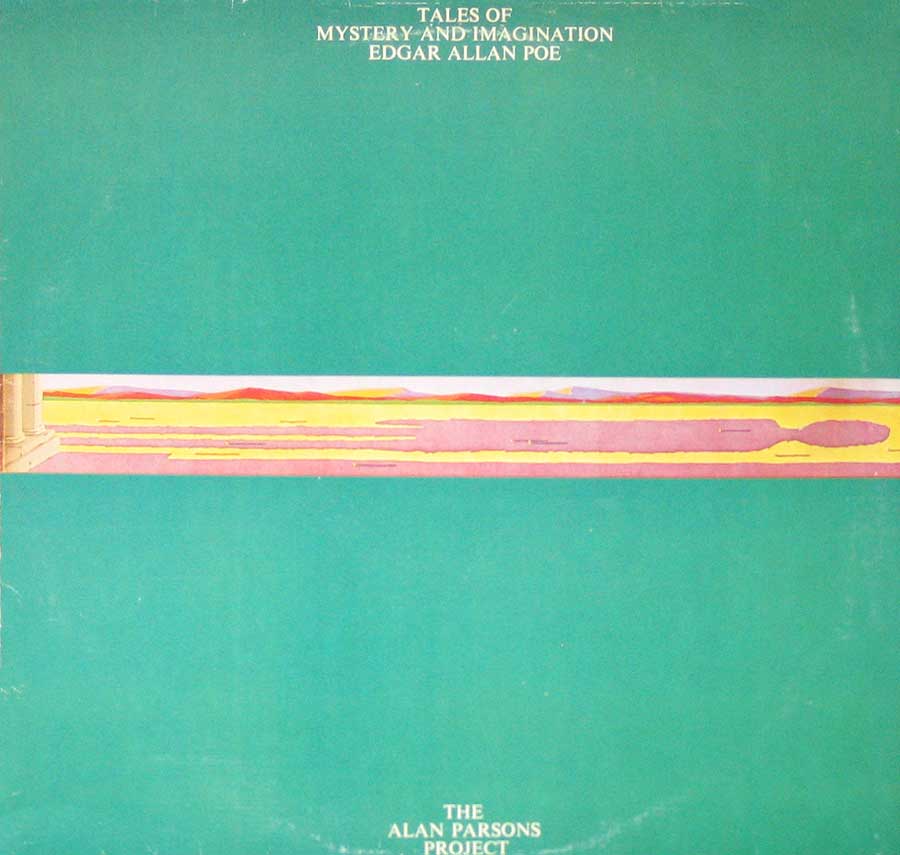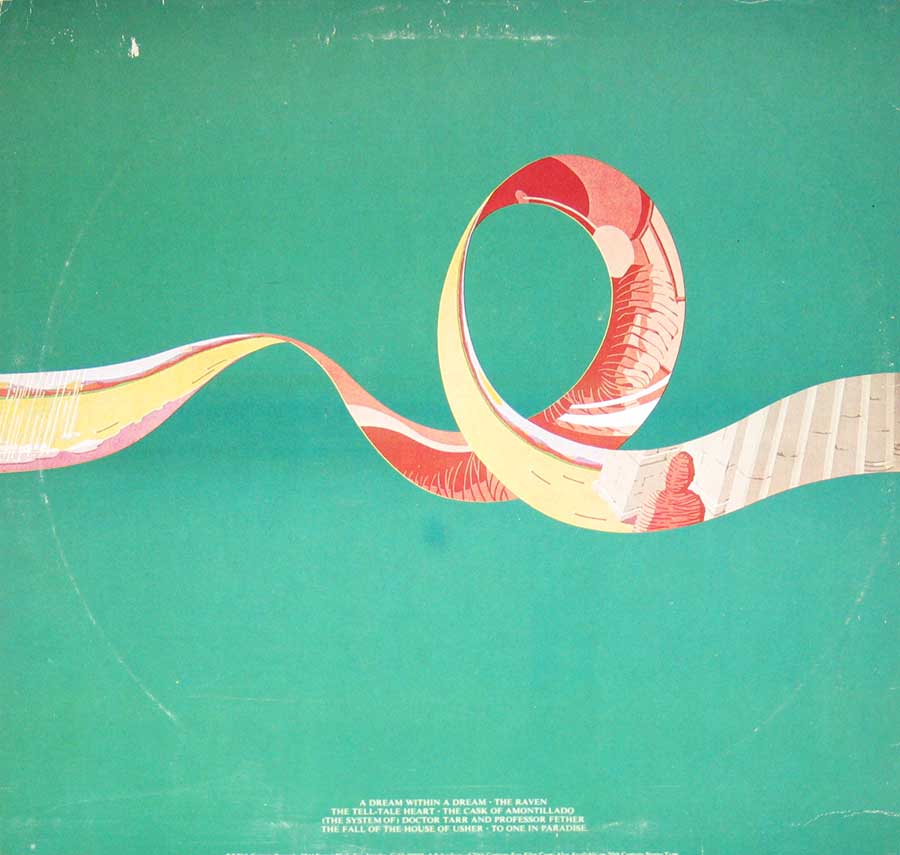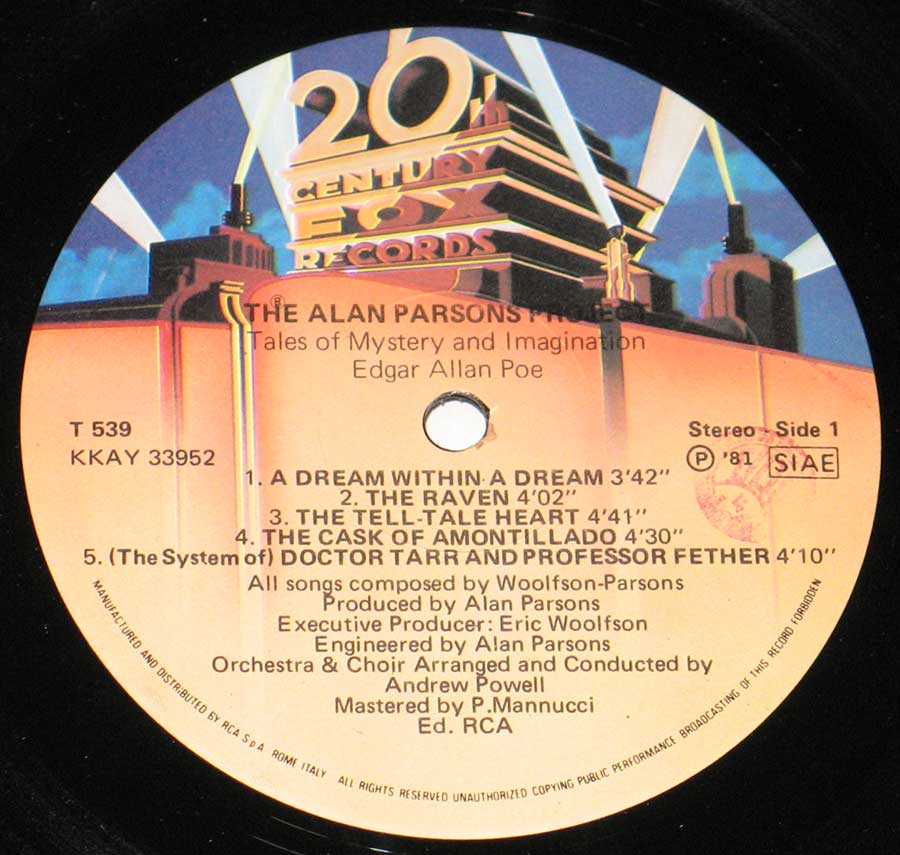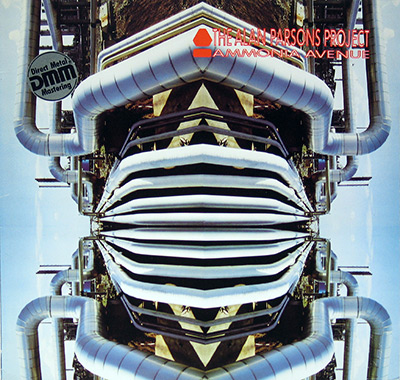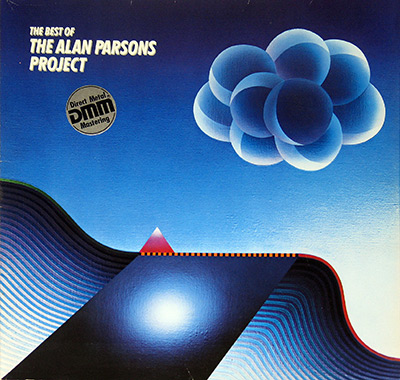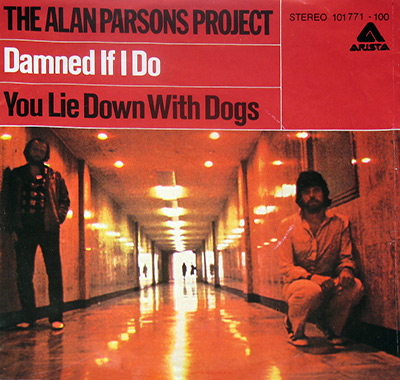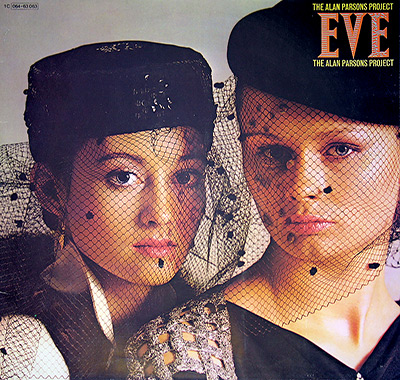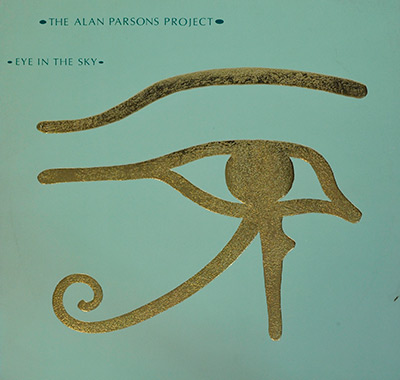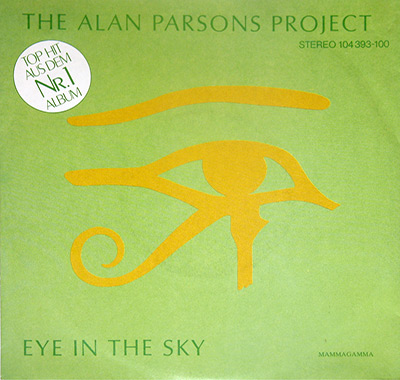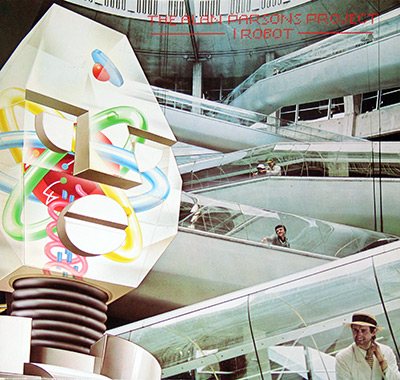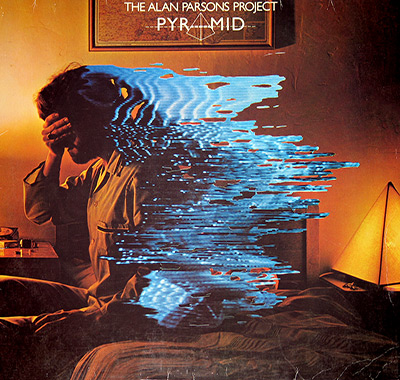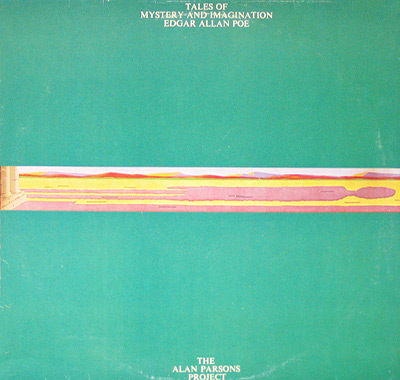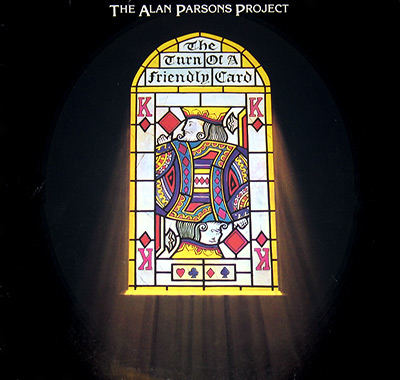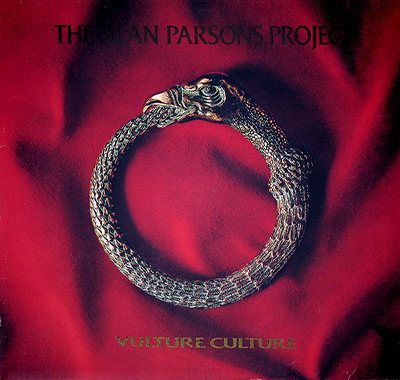|
Album Description :
The Alan Parsons Project's "Tales of Mystery and Imagination Edgar Allan Poe" represents a groundbreaking fusion of music and literature. This paper delves into the historical and cultural context of the album's release, highlighting its significance within the progressive rock genre. Furthermore, it explores the creative partnership between Alan Parsons and Eric Woolfson, as well as their approach to adapting Poe's works into a musical format.
Background and Influences
To comprehend the musical and thematic choices made in "Tales of Mystery and Imagination Edgar Allan Poe", it is crucial to understand the influences that shaped the Alan Parsons Project. This section provides an overview of the band's formation, their previous works, and the factors that motivated them to tackle Poe's stories and poems.
The Alan Parsons Project was formed in the late 1970s by musician and producer Alan Parsons and songwriter and composer Eric Woolfson. Parsons, previously known for his work as an engineer on Pink Floyd's iconic album "The Dark Side of the Moon," brought his technical expertise and innovative production techniques to the project. Woolfson, with his background in musical theater, contributed his songwriting abilities and conceptual vision to the collaboration.
The decision to adapt Edgar Allan Poe's stories and poems into a musical format stemmed from both personal interest and creative inspiration. Parsons and Woolfson were avid fans of Poe's work, drawn to his macabre themes, psychological depth, and ability to evoke a sense of mystery and suspense. They recognized the potential to translate Poe's literary genius into a musical narrative that would captivate listeners and offer a fresh interpretation of his stories.
Musical Style and Production Techniques
The album's distinctive sound is a result of Alan Parsons' engineering expertise and his innovative use of technology. This section explores the production techniques employed during the recording process, including the band's utilization of synthesizers, layered harmonies, and intricate arrangements. The paper also discusses the impact of the album's release in the vinyl LP format, which allowed for a unique listening experience.
The musical style of "Tales of Mystery and Imagination Edgar Allan Poe" can be categorized as progressive rock, with elements of art rock, symphonic rock, and electronic music. The album features a blend of richly layered instrumentation, intricate arrangements, and atmospheric soundscapes that contribute to its unique sonic landscape.
The Alan Parsons Project employed a wide range of instruments, including guitars, keyboards, synthesizers, orchestral elements, and a variety of percussion instruments. These instruments were skillfully integrated to create a dynamic and immersive musical experience. The band's use of recurring motifs and melodic hooks throughout the album helps to unify the songs and reinforces the conceptual nature of the project.
Thematic Analysis
"Tales of Mystery and Imagination Edgar Allan Poe" is a concept album that explores the dark and mysterious themes prevalent in Poe's literature. This section delves into the specific songs and their corresponding stories or poems, analyzing how the band captured the essence of Poe's works through music and lyrics. It examines the ways in which the album interprets Poe's tales of horror, mystery, and psychological introspection.
Reception and Legacy
The album's release in 1981 met with critical acclaim, and its unique blend of progressive rock and conceptual storytelling resonated with audiences. This section explores the initial reception of "Tales of Mystery and Imagination Edgar Allan Poe" and its subsequent influence on the music industry. It also examines the lasting legacy of the album, highlighting its enduring popularity and continued recognition as a seminal work within the progressive rock genre.
|
